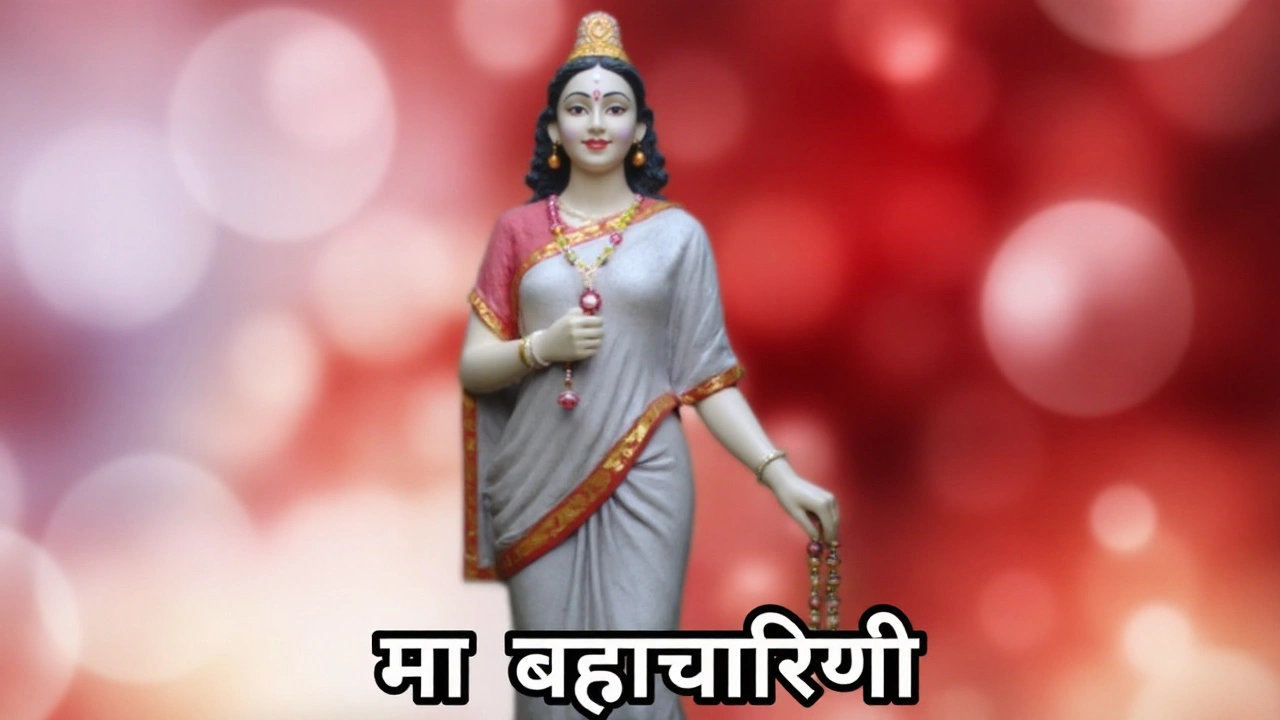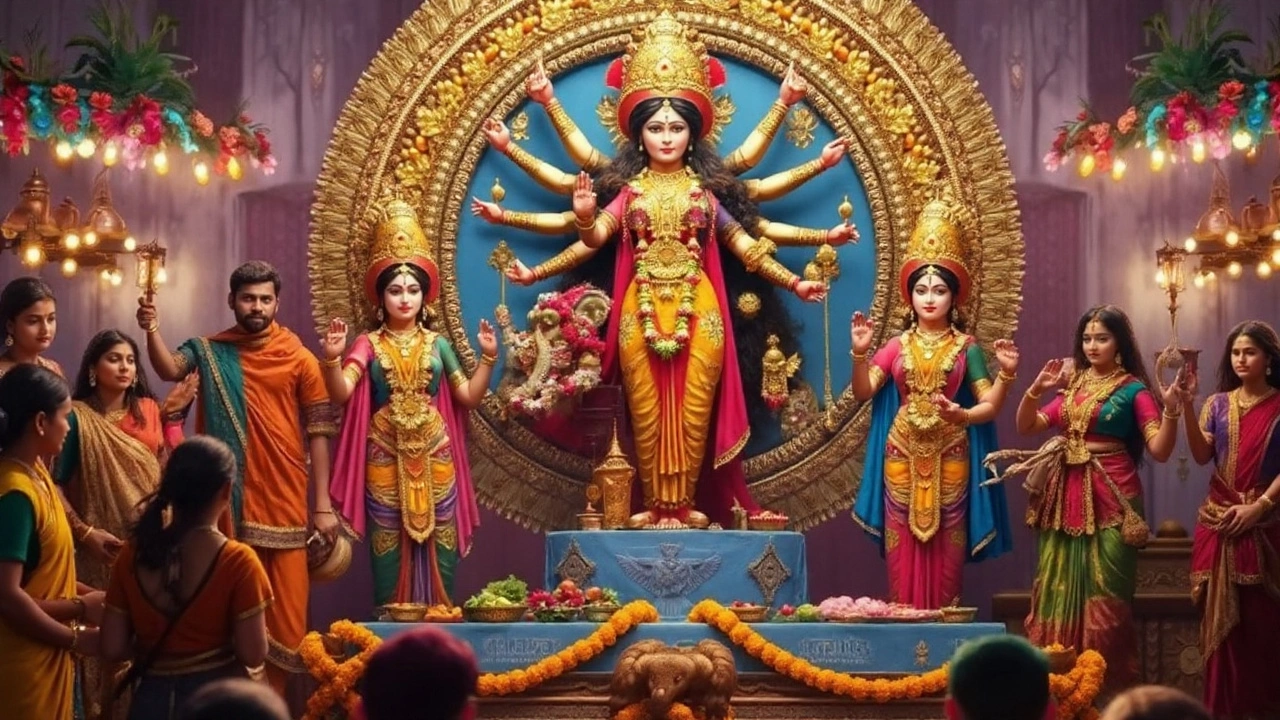Why Maa Brahmacharini Gets a Special Menu
Navratri’s second day lands on September 23rd, 2025, and devotees turn their attention to Maa Brahmacharini. She isn’t just another form of Durga; she’s the embodiment of steadfast austerity. Imagine a goddess who walked barefoot, rosary in hand, surviving on fruits and leaves while meditating for years to win Shiva’s heart. That story tells us why her bhog – the sacred food offering – is deliberately simple, pure and sweet.
The word Maa Brahmacharini bhog itself hints at a menu that mirrors her life of tapasya. Mishri, a crystalline sugar, sits at the top of the list. Its sparkle represents spiritual clarity, and the sweetness is a metaphor for the pure intentions devotees bring to the altar. Jaggery, raw and unrefined, carries the same natural sweetness but with a deeper, earthy tone that aligns with her connection to the land.
Fresh fruits enter the scene for a reason too. They’re the literal fruit of labor, symbolizing the nourishment that comes from disciplined effort. Together, these items form a constellation of offerings that speak directly to Brahmacharini’s values: simplicity, honesty, and inner strength.

How to Prepare the Offerings and Perform the Ritual
Got a kitchen? Great. Start by rinsing your fruits – apples, bananas, pomegranates, anything in season – until they shine. Slice them into bite‑size pieces and arrange them on a clean, white plate. Next, melt a handful of jaggery in a pan with a splash of water; when it turns liquid, drizzle it over the fruit for a glossy finish.
For the Mishri, you don’t need to cook anything – just spread a generous layer on a separate plate. Some devotees also like to sprinkle a pinch of cardamom powder over the Mishri to add a fragrant touch, but keep the flavor profile simple; the goddess prefers minimal embellishment.
Now comes the sweet‑tooth part: sugar‑based dishes. Think easy rice kheer made with jaggery, or a quick payasam that uses milk and a few spoonfuls of Mishri for sweetness. The idea is to keep the texture light and the taste pure.
When the plates are ready, place them in front of the Maa Brahmacharini idol or picture. Hold the offering in both hands, bow slightly, and chant the mantra “Om Devi Brahmacharinyai Namah.” Follow up with the beej mantra “Om Aim Hreem Kleem Brahmacharinyai Namah.” The rhythm of the chant helps focus the mind, turning a simple meal into a conduit for divine energy.
After the puja, distribute the prasad among family members. Tradition says each bite carries blessings of resilience, mental peace, and a steadier will. You might notice a subtle sense of calm after sharing the sweet dishes – that’s the goddess’s subtle influence at work.
Why does this matter beyond the festival? Many people use Navratri as a reset button for lifestyle habits. Engaging with Brahmacharini’s bhog can be a practical reminder to cut back on processed foods, limit excess, and savor natural sweetness. It’s a small ritual that reinforces a larger mindset of discipline, both spiritual and physical.
In modern households, the ritual also strengthens family bonds. Preparing the bhog together, chanting in unison, and sharing the prasad create a shared experience that transcends everyday chatter. It’s a moment where everyone aligns with the same intention – to invite patience, endurance, and harmony into their lives.
